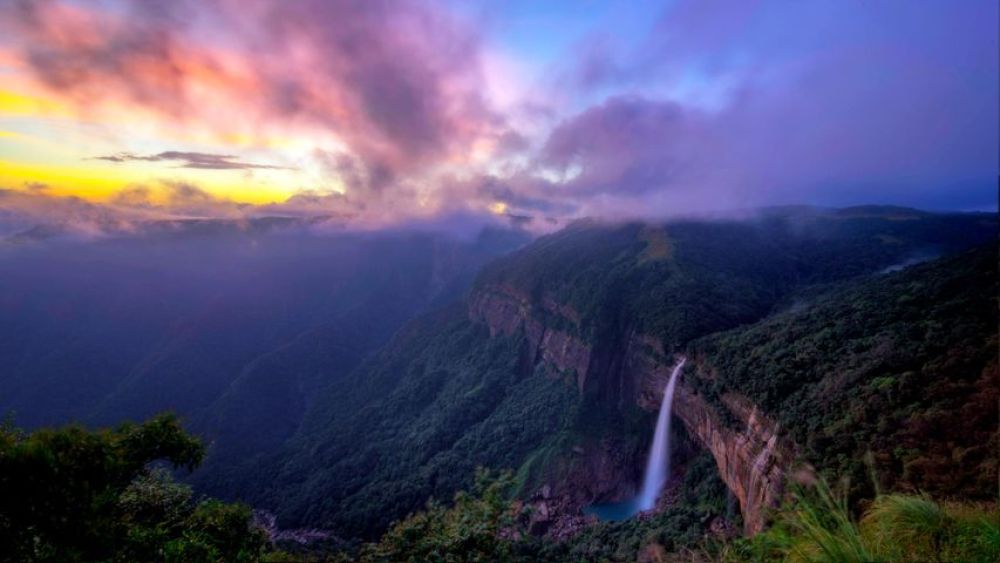

Located in the East Khasi Hills of the Indian state of Meghalaya, Cherrapunji, locally known as Sohra, is renowned for its verdant landscape and plentiful rainfall. It was once acknowledged as the wettest place on Earth, a title it held for many years before nearby Mawsynram received this distinction. The history of tourism in Cherrapunji is intertwined with its unique climatic conditions, cultural heritage, and the panoramic beauty that draws visitors from around the globe.
Tourism in Cherrapunji has evolved gradually. Historically, the region was scarcely known to the outside world except for its prodigious rainfall. It was only when British explorers and missionaries came to the area in the 19th century that Cherrapunji started gaining prominence as a potential travel destination. The British set up a base here, and their legacy can still be seen in the form of churches and remnants of colonial architecture.
Traditional Ecotourism and Ethical Travel: For decades, visitors have been attracted to Cherrapunji for its subtropical forests, exotic flora and fauna, the living root bridges, and a chance to experience the traditional Khasi way of life. Responsible travel and ecotourism have been significant aspects of Cherrapunji’s tourism history, with local communities engaging in conservation efforts and sustainable practices.
Natural Wonders: Cherrapunji is famous for its majestic waterfalls, including the Nohkalikai and Seven Sisters Falls, which became key attractions for tourists. The region also boasts some of the world’s longest natural "living root bridges," unique to the Khasi Hills and a display of indigenous engineering. Mawlynnong, dubbed 'Asia's cleanest village', is also situated nearby, adding to the region's appeal.
Modern Developments: In recent years, as infrastructure has improved, Cherrapunji has seen a more substantial influx of both domestic and international tourists. The development of resorts, guest houses, and better connectivity has made it more accessible. The establishment of the Cherrapunji Holiday Resort, which offers tourists a comfortable stay while promoting local culture and sustainability, marked a significant point in the evolution of tourism in the region.
Adventure and Experience Tourism: The latest tourism trend in Cherrapunji involves adventure and experience-driven activities. Travelers are now keen on trekking to the living root bridges, exploring caves like Mawsmai, and taking part in ziplining and rock climbing. This search for adventure is balanced with the desire for authenticity, as tourists seek immersive experiences such as village walks and cultural interactions.
Digital Influence: With the advent of social media, the incredible images of Cherrapunji’s lush landscape and natural wonders have gone viral, attracting a new generation of travelers. Digital platforms are increasingly used to market the destination and its attractions, capitalizing on the area's photogenic qualities to allure nature enthusiasts and influencers.
As tourism continues to flourish, the region faces the challenge of balancing growth with conservation. Authorities and local communities are focusing on sustainable tourism to preserve Cherrapunji’s natural charm for future generations. The promotion of off-season travel and the development of less-visited areas to disperse tourist numbers are part of strategic planning to maintain Cherrapunji as a premier green travel destination in India.